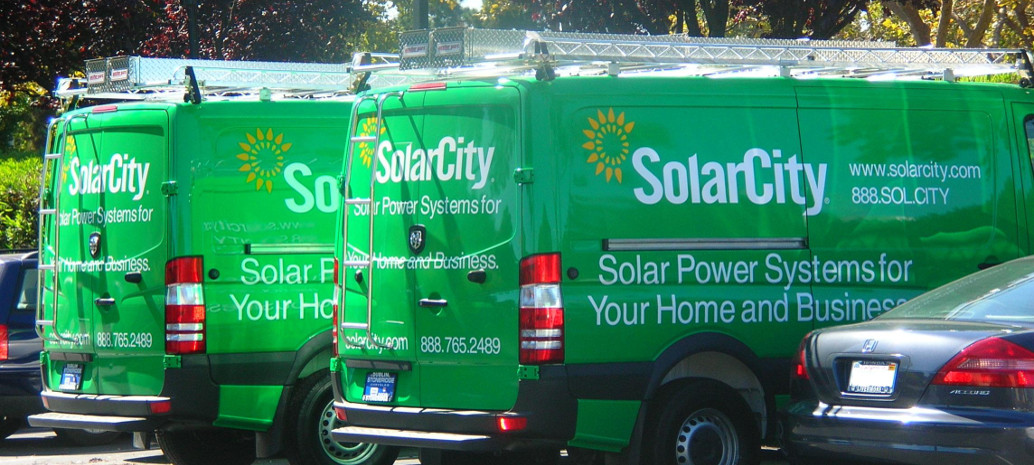As Elon Musk pushes for Tesla to acquire SolarCity, the residential solar installer is still showing signs of uneven performance. In Q2 results released today, the company reports that it nearly doubled its revenue year-over-year to $186 million, but at a -$194 million loss from operations and a net loss of $250 million.
Losses are nothing new to SolarCity. The company’s business model involves building long-term value in the form of solar assets, and it has led the industry in financing innovation and pursued growth at the expense of short-term profit. However, this path of growth is having hiccups, and SolarCity’s losses for the first half of 2016 are not only higher than normal, but have well exceed its revenues.
SolarCity experienced a difficult Q1, which it blamed on policy issues – namely the disaster in Nevada and uncertainty around policy in both Massachusetts and California. And while bookings recovered in Q2 recovered to 227 MW, the 201 MW deployed during the quarter is only 6% higher than a year ago, and SolarCity expects installations to fall to only 170 MW during Q3.
SolarCity made progress during the quarter in bringing its cost per watt, which ballooned during Q1 to $3.18 per watt, back to $3.05 per watt. However, this remains much higher than the $2.67 per watt that the company achieved in Q4, which is mostly the result of higher installation and sales costs.
After burning through $216 million in cash during Q2 – which it blames in part due to project financing delays due to the proposed acquisition by Tesla – SolarCity ended the quarter with only $146 million in cash and equivalents. This is less of a worry at SolarCity, as the company has led the industry in novel and low-cost instruments for financing the projects it deploys.
SolarCity expects its cash balance to improve by the end of Q3, and to end 2016 with a massive 315-415 MW installed during Q4, led by a boom in commercial and industrial projects. In selected operational results released earlier this week, the company lowered its guidance for the year to 900-1,000 MW.
Meanwhile, the proposed acquisition by Tesla is still waiting on a vote of shareholders of both companies. As both Tesla and SolarCity both carry substantial debt and are reporting heavy losses, it remains to be seen if shareholders will have faith in Elon Musk’s massive wager on the future.
This content is protected by copyright and may not be reused. If you want to cooperate with us and would like to reuse some of our content, please contact: editors@pv-magazine.com.









8 comments
By submitting this form you agree to pv magazine using your data for the purposes of publishing your comment.
Your personal data will only be disclosed or otherwise transmitted to third parties for the purposes of spam filtering or if this is necessary for technical maintenance of the website. Any other transfer to third parties will not take place unless this is justified on the basis of applicable data protection regulations or if pv magazine is legally obliged to do so.
You may revoke this consent at any time with effect for the future, in which case your personal data will be deleted immediately. Otherwise, your data will be deleted if pv magazine has processed your request or the purpose of data storage is fulfilled.
Further information on data privacy can be found in our Data Protection Policy.